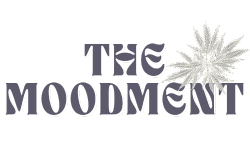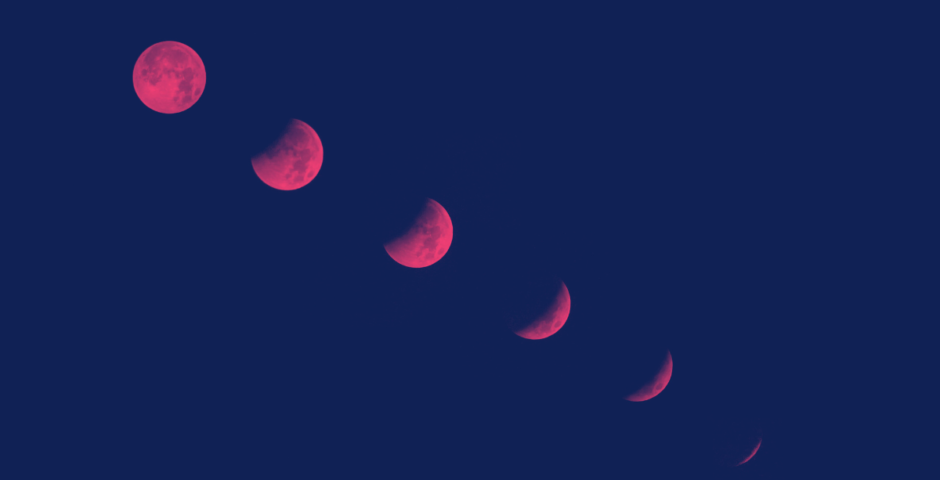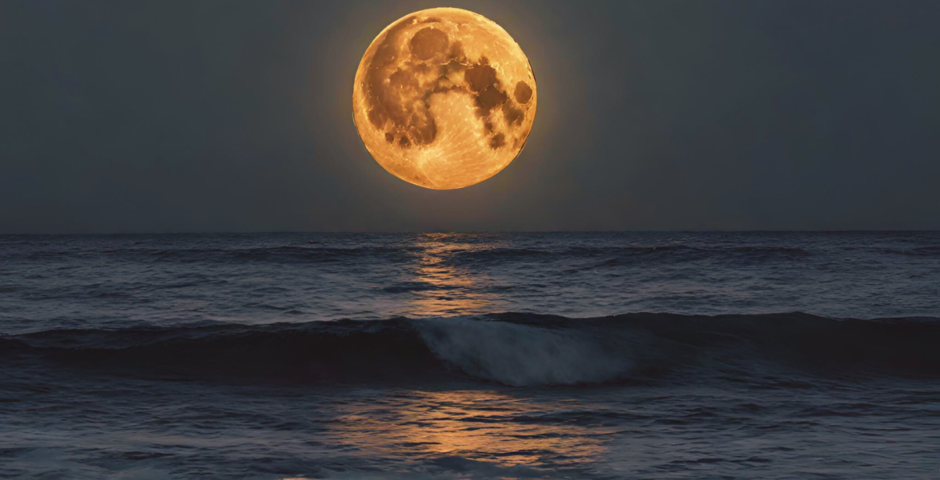
Full Moon Facts: 10 Things To Marvel At
Did you know that the full moon is more than just a beautiful night time spectacle? Here are 10 amazing full moon facts that you may not have heard before. Discover interesting information about the moon’s phases, its influence on our planet, and its impact on history and culture. Read on to learn more:
1. Animals do feel the power of the full moon
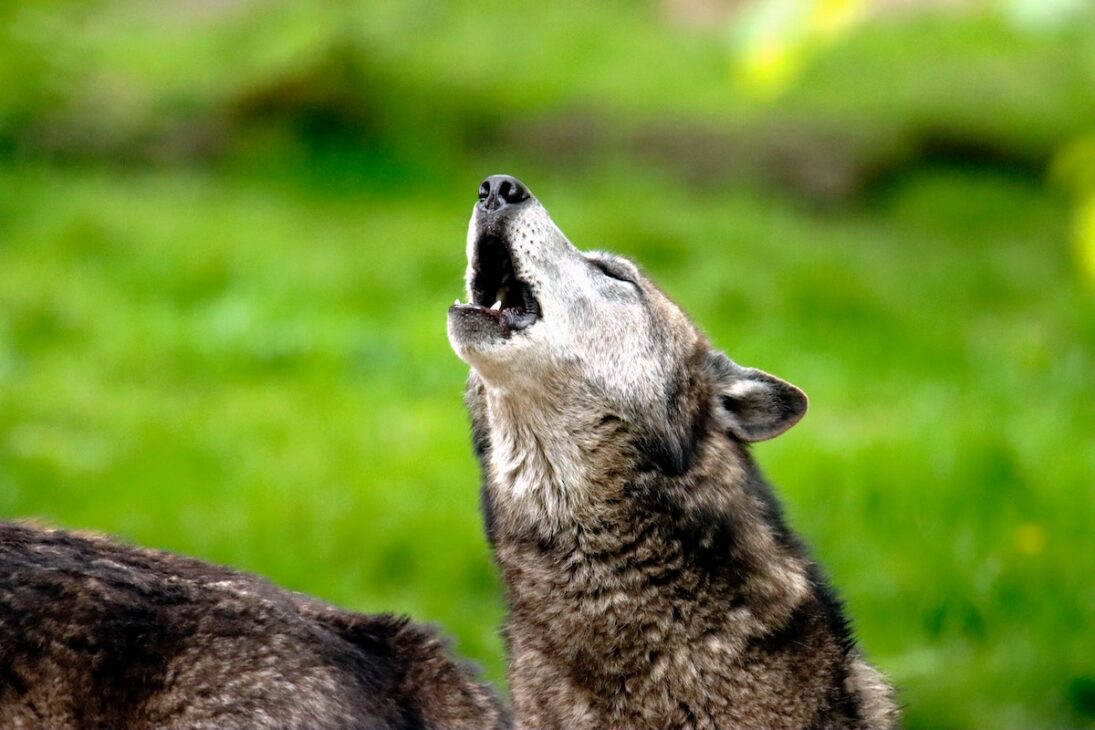
The full moon has long been associated with mystical powers and strange occurrences, and it seems that animals are not immune to its influence. Many people believe that during a full moon, animals behave differently than usual. Some claim that animals become more active and alert. Others believe that they may exhibit unusual behavior, such as increased howling or mating rituals.
One possible explanation for these observations is the effect of the moon’s brightness on animals’ vision. The full moon provides ample light during the night, allowing nocturnal animals to see more clearly and navigate their surroundings with ease. This increased visibility leads to more active behavior. Animals take advantage of the enhanced visibility to hunt or explore their environment.
In addition to affecting their behavior, the full moon can also influence animals’ reproductive cycles. Some studies have suggested that certain species may be more likely to mate or give birth during a full moon. While the exact reasons for this phenomenon are still unknown, it is an intriguing aspect of the moon’s impact on the natural world.
Overall, this full moon fact — the effect on animals — remains a fascinating topic for researchers and nature enthusiasts alike. While much is still unknown, it is clear that the moon holds a certain sway over the animal kingdom, leaving us with many mysteries to uncover.
2. The moon impacts sleep patterns

Have you ever noticed that you have trouble sleeping when there’s a full moon? You’re not alone. The full moon has a fascinating impact on our sleep patterns, and scientists have been studying this phenomenon for years. It turns out that the brightness of the full moon can disrupt our internal clocks, making it harder for us to fall asleep and stay asleep throughout the night.
One theory is that our ancestors, who relied on the moon’s light to navigate at night, evolved to be more alert during the full moon. This evolutionary response is still ingrained in our DNA today, causing some people to experience restless nights during this lunar phase.
But it’s not just the brightness of the moon that affects our sleep. The full moon is also associated with an increase in melatonin, the hormone that regulates sleep. This hormonal change can lead to sleep disturbances and insomnia for some individuals.
So next time you find yourself tossing and turning during a full moon, know that it’s not just in your head. The moon really does have an impact on our sleep patterns. If you need help falling asleep and staying asleep, check out these helpful sleep-friendly products at Moodporium.
3. The moon is a cultural icon

Throughout history, the full moon has held great significance in various cultures around the world. It has been revered as a symbol of divinity, fertility, and even used as a marker for important festivals and rituals. In ancient Greece, for example, the full moon was associated with Artemis, the goddess of the moon and hunting. The Mayans also attributed special powers to the full moon, using it as a time to honor their gods and perform sacred ceremonies.
In Chinese culture, the full moon is celebrated during the Mid-Autumn Festival, a time when families gather to enjoy mooncakes and appreciate the beauty of the moon. Similarly, in Hinduism, the full moon is associated with the festival of Holi, a joyous celebration of colors and love.
From the ancient Egyptians to Native American tribes, the full moon has held a place of reverence and cultural significance. It has been seen as a time of heightened spiritual energy, a time to connect with the natural world and tap into ancient wisdom.
These diverse cultural beliefs and practices remind us of the universal fascination and awe that the full moon has inspired throughout human history. It continues to be a symbol of mystery, wonder, and spiritual significance across different cultures, connecting us to our collective past and our shared human experience.
4. The moon orbits around the Earth
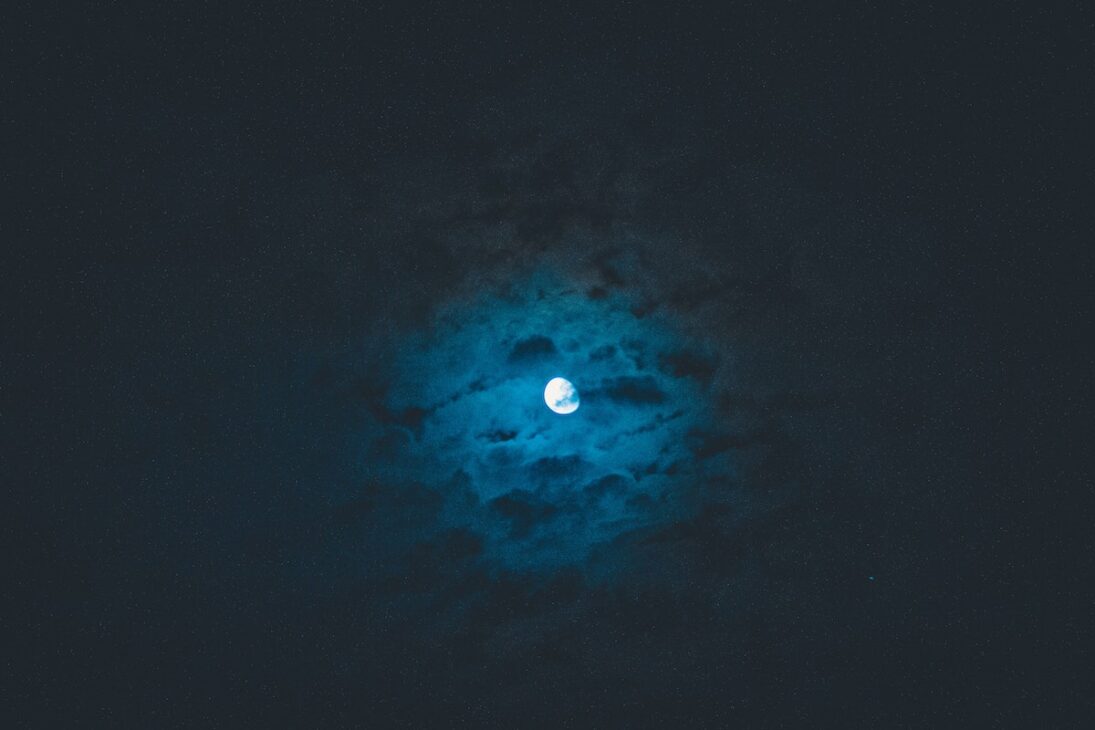
On average, a full moon occurs once every 29.5 days. This means that throughout the year, we have about 12 to 13 full moons. However, it’s not always a perfect 29.5-day cycle. In fact, the length of a lunar month can vary from about 29.27 days to 29.83 days due to the elliptical orbit of the moon around the Earth. This slight variation is why we sometimes have two full moons in one month, also known as a “blue moon.”
Interestingly, the phrase “once in a blue moon” doesn’t actually refer to the color of the moon. Instead, it means that something is rare or unlikely to happen. So, the next time you gaze up at a full moon, remember that it’s a special and relatively infrequent occurrence in our night sky.
5. Different months call for different moon names
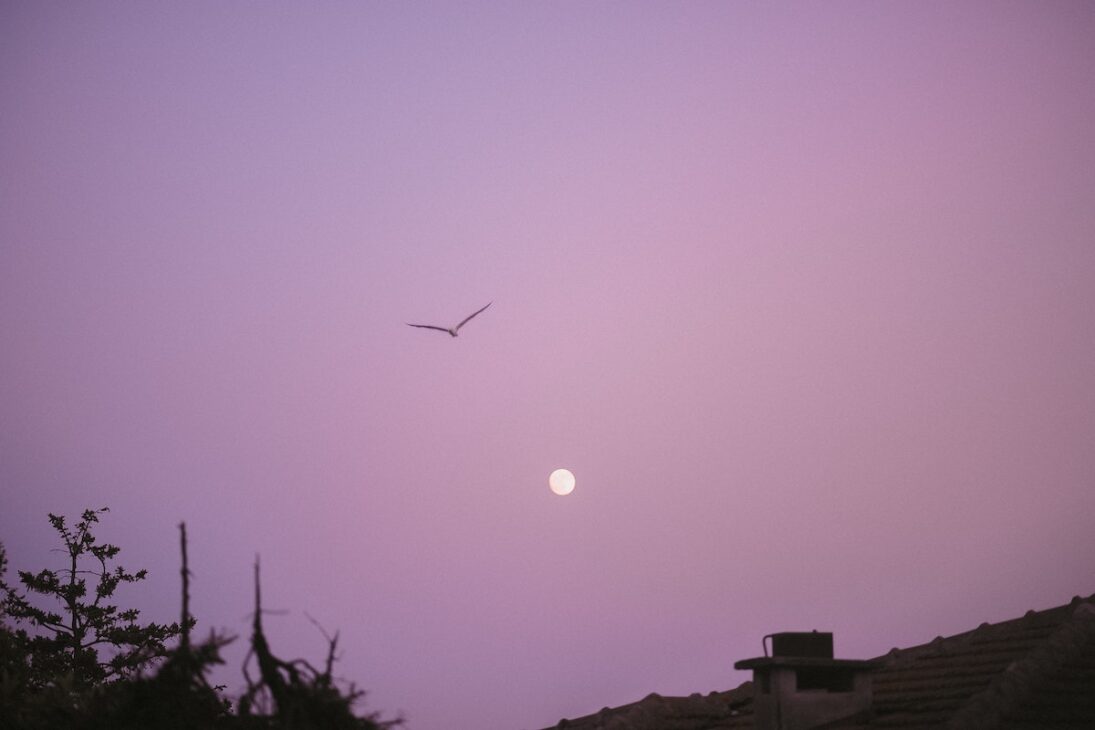
The full moon goes by many names, each one steeped in history and folklore. These names often reflect the natural cycles and events that occur throughout the year.
For example, the full moon in January is commonly known as the “Wolf Moon,” named after the wolves that were heard howling during this time of year. In February, we have the “Snow Moon,” which represents the snowy landscapes of winter. In March, the full moon is called the “Worm Moon,” signaling the return of earthworms to the soil.
Other notable full moon names include the “Pink Moon” in April, which refers to the blooming pink flowers, and the “Harvest Moon” in September, traditionally associated with the time of year when crops are gathered. The “Hunter’s Moon” in October marks the time when game animals are fattened for the winter, making hunting easier.
These names not only connect us to the natural world but also offer insights into the cultures and traditions of the past.
Next time you gaze up at the full moon, remember that it has a name and a story to tell.
6. Yes, the moon is bright
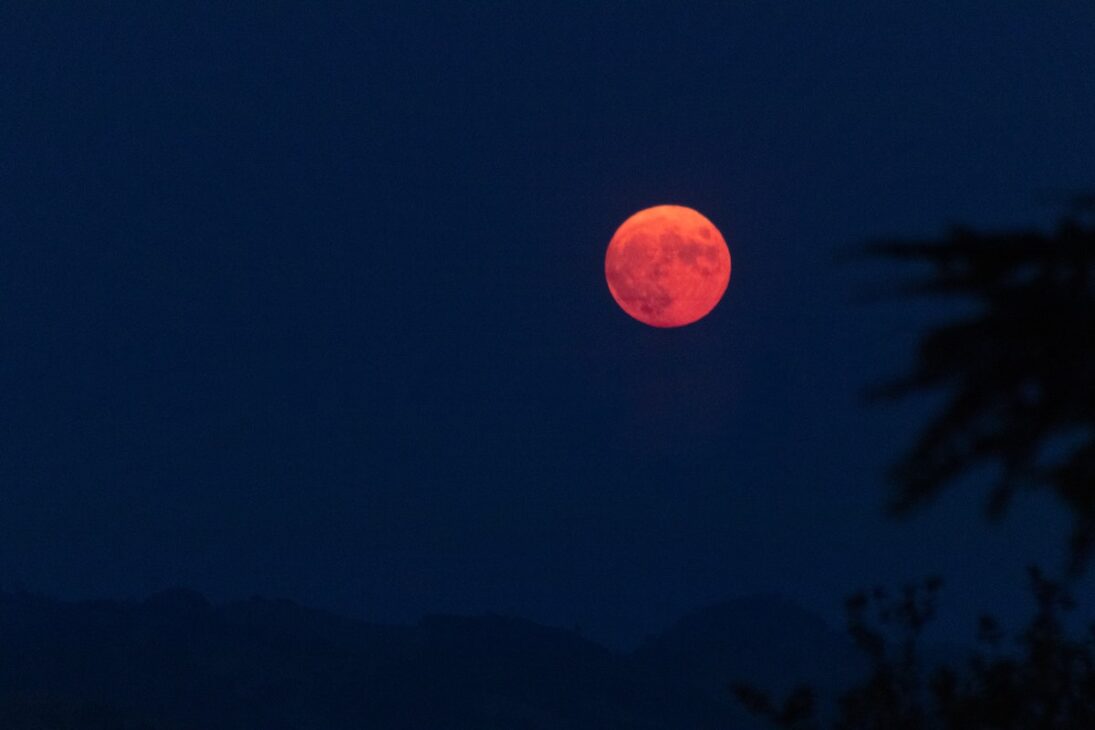
The full moon has both a bright and a darker side, each offering unique perspectives and mysteries. On the bright side, the full moon illuminates the night sky with its ethereal glow, casting a spellbinding ambiance and captivating our imaginations. It has inspired poets, artists, and dreamers throughout history, filling us with a sense of wonder and awe.
However, there is also a darker side to the full moon. In some folklore and myths, it is associated with werewolves and other supernatural beings. People have reported strange occurrences and unusual behavior during full moon nights, adding an air of mystery and intrigue to this celestial phenomenon.
Scientifically, the full moon’s brightness can have a downside as well. The moon’s brilliance can sometimes obstruct astronomers’ views of fainter objects in the night sky, making it more difficult to observe certain astronomical events and phenomena.
The bright and darker sides of the full moon add depth and complexity to our understanding of this mesmerizing celestial body. It reminds us that even in the luminous beauty of the moon, there are shadows waiting for discovery.
7. Supernatural beliefs go hand-in-hand with the full moon
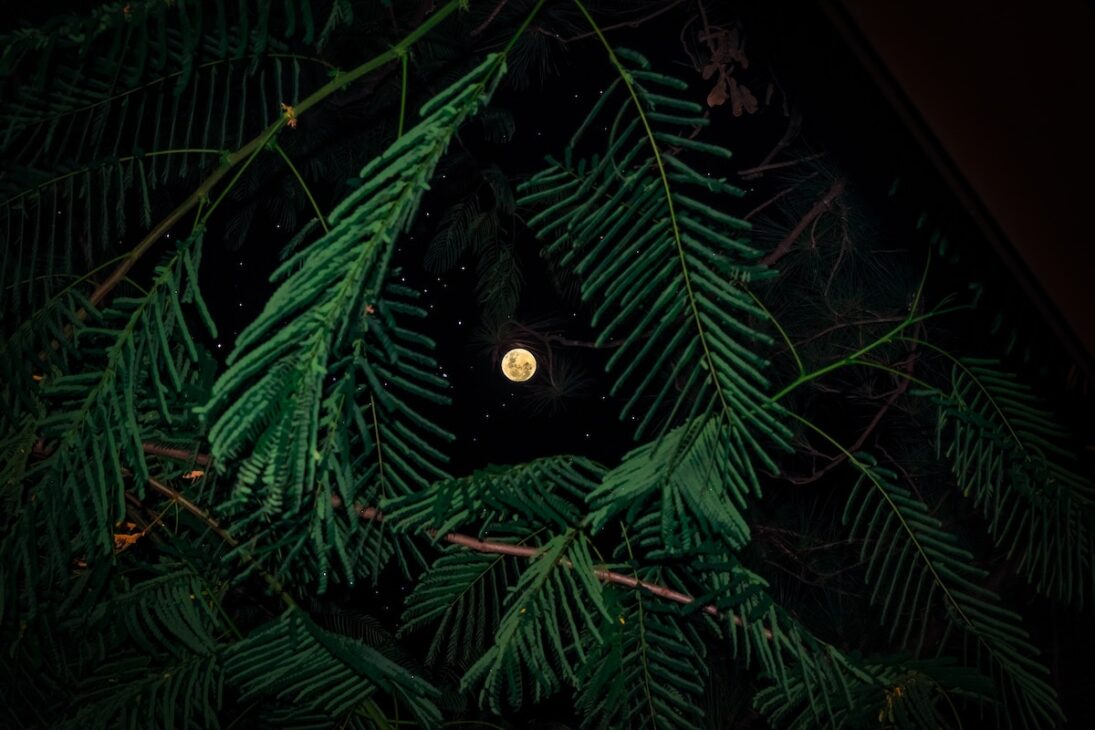
The full moon has been the subject of myths and legends throughout history, captivating the imaginations of people from various cultures around the world. In Greek mythology, for example, the full moon was associated with Artemis, the goddess of the moon and hunting. It was believed that she roamed the night sky with her chariot, casting her radiant light upon the earth.
In other cultures, the full moon is seen as a time of heightened spiritual energy and supernatural occurrences. Stories of werewolves and shape-shifters emerged, with the belief that they gained their powers under the light of the full moon. These myths and legends added an air of mystery and intrigue to the full moon, fueling the collective fascination with this celestial body.
While we now understand the scientific explanations behind the full moon, it is fascinating to delve into the mythology and folklore that has surrounded it for centuries. It serves as a reminder of our ancestors’ deep connection to the natural world and their imaginative interpretation of celestial events. The full moon continues to captivate our curiosity and inspire stories that transcend time and culture.
8. The moon is made up of powdery dust
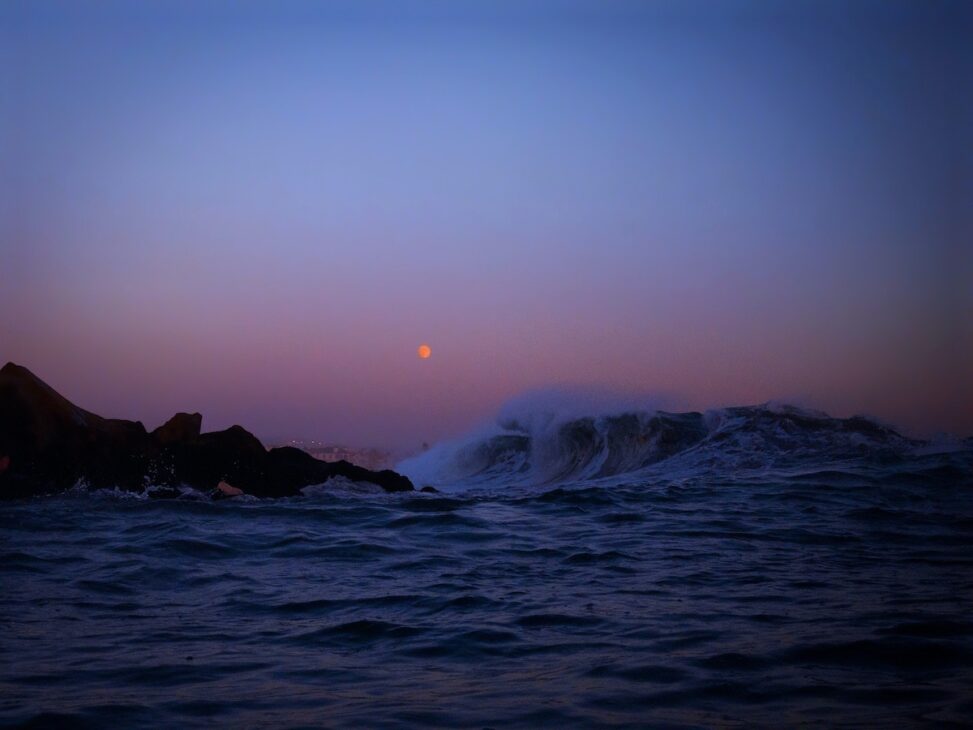
Have you ever wondered why the full moon shines so brightly in the night sky? The science behind the full moon’s brightness is actually quite fascinating. The moon doesn’t emit its own light; instead, it reflects sunlight back to Earth. When the moon is full, it is directly opposite the sun, which means that the entire side facing us becomes illuminated. This direct alignment allows the moon to appear as a brilliant, luminous disc in the night sky.
The moon’s surface has a layer of powdery dust. This surface features tiny, reflective particles. When sunlight hits these particles, they scatter the light in all directions, creating the bright glow we see from Earth. The moon’s lack of an atmosphere also contributes to its brightness. On Earth, our atmosphere scatters and absorbs sunlight, causing the sky to appear blue and the moon to appear dimmer in comparison.
So, the next time you gaze up at the full moon, take a moment to appreciate the scientific explanation behind its breathtaking brightness. It’s a beautiful reminder of the interconnectedness of our solar system and the wonders of the natural world.
9. Full moon parties are a thing

Full moon rituals and traditions vary greatly across different cultures and countries. In India, for example, the full moon is an auspicious time for meditation and reflection. Many people participate in moonlit yoga sessions or gather on rooftops to chant mantras under the moonlight. In Thailand, the full moon is celebrated with the famous Full Moon Party on the island of Koh Phangan. Thousands of people come together on the beach to dance, listen to music, and enjoy the vibrant atmosphere.
In Japan, the full moon holds great significance during the annual Tsukimi festival. People gather to appreciate the beauty of the moon and offer rice dumplings and other food as a form of gratitude. In some Native American cultures, full moon ceremonies honor the natural cycles and offer prayers and blessings.
These rituals and traditions demonstrate the universal appreciation for the full moon’s beauty and the connection between humans and the natural world. Whether it’s a lively celebration or a quiet moment of reflection, the full moon continues to inspire and unite people across the globe.
10. The moon changes its size
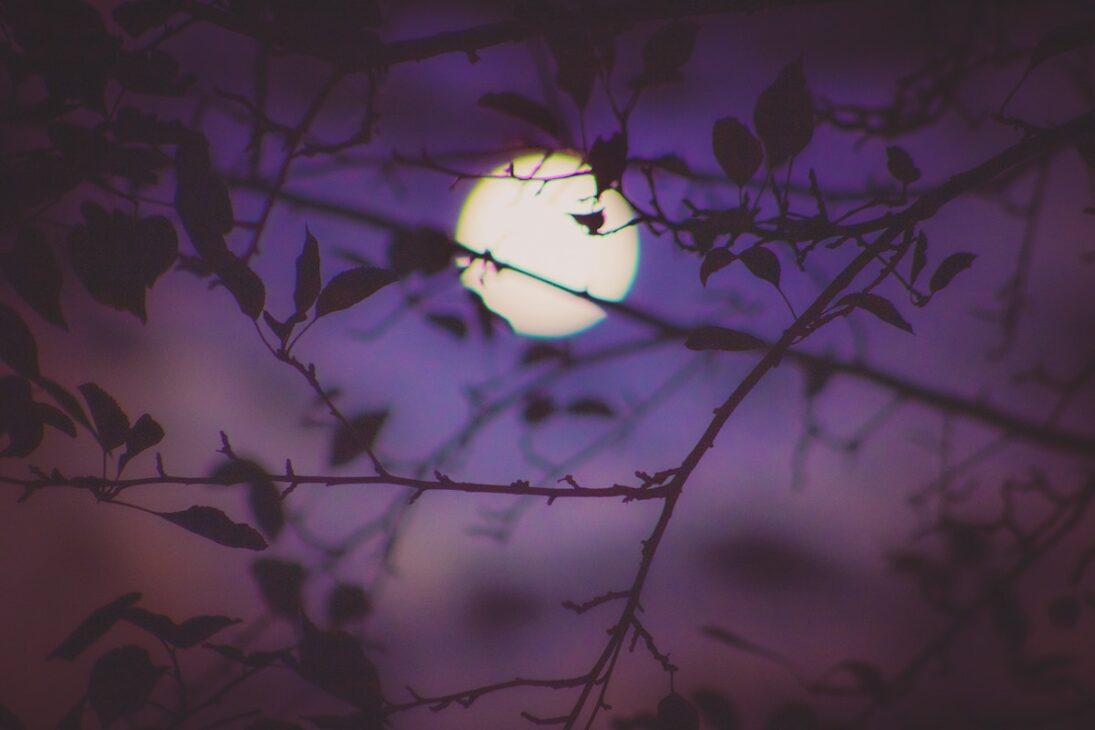
Have you ever wondered just how big or small a full moon can be? The largest full moon ever recorded, known as a “supermoon,” occurred on November 14, 2016. It was not only the closest supermoon to Earth in 68 years. But it was also the largest in almost 70 years. The moon appeared 14 percent larger and 30 percent brighter than an average full moon. Ultimately, creating a truly breathtaking sight in the night sky.
On the other end of the spectrum, the smallest full moon ever recorded ended up with the name: “micromoon.” These occur when the moon is at its furthest point from Earth in its elliptical orbit. Micromoons can appear about 14 percent smaller and 30 percent dimmer than an average full moon, creating a more subtle and serene ambiance.
Whether it’s a supermoon or a micromoon, each offers a unique and mesmerizing experience for moon enthusiasts. So, keep an eye out for these special lunar events. Witness the wonder of the largest and smallest full moons for yourself!
The beauty of the full moon
Let the full moon illuminate your path. Whether you’re looking to make a shift in your own life or you’re looking to dive deeper with nature, diving deep and marveling at the moon is a great way to connect with your highest self.
